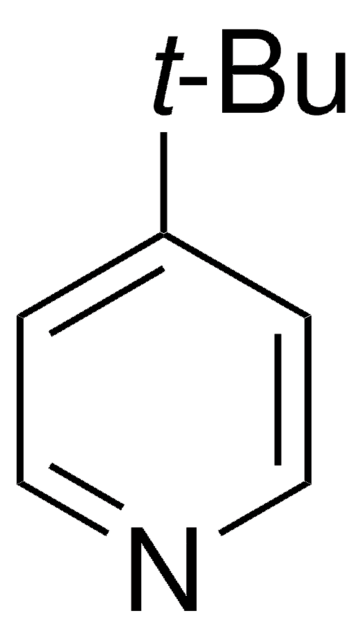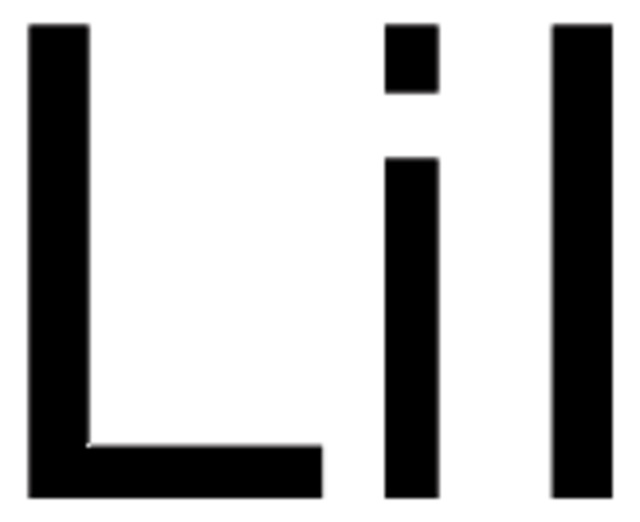703214
Di-tetrabutylammonium cis-bis(isothiocyanato)bis(2,2′-bipyridyl-4,4′-dicarboxylato)ruthenium(II)
95% (NMR)
Sinónimos:
Greatcell Solar®, N-719 dye
About This Item
Productos recomendados
assay
95% (NMR)
form
powder
composition
Dye content, ≥90% HPLC
mp
250-260 °C
λmax
534, 393, 313 nm (lit.)
SMILES string
S=C=N[Ru]N=C=S.CCCC[N+](CCCC)(CCCC)CCCC.CCCC[N+](CCCC)(CCCC)CCCC.OC(=O)c1ccnc(c1)-c2cc(ccn2)C([O-])=O.OC(=O)c3ccnc(c3)-c4cc(ccn4)C([O-])=O
InChI
1S/2C16H36N.2C12H8N2O4.2CNS.Ru/c2*1-5-9-13-17(14-10-6-2,15-11-7-3)16-12-8-4;2*15-11(16)7-1-3-13-9(5-7)10-6-8(12(17)18)2-4-14-10;2*2-1-3;/h2*5-16H2,1-4H3;2*1-6H,(H,15,16)(H,17,18);;;/q2*+1;;;2*-1;+2/p-2
InChI key
MQGCPZMVNHGIPF-UHFFFAOYSA-L
General description
Application
Legal Information
Greatcell Solar is a registered trademark of Greatcell Solar Materials Pty Ltd.
signalword
Danger
hcodes
pcodes
Hazard Classifications
Resp. Sens. 1
Storage Class
11 - Combustible Solids
wgk_germany
WGK 3
flash_point_f
Not applicable
flash_point_c
Not applicable
ppe
dust mask type N95 (US), Eyeshields, Faceshields, Gloves
Elija entre una de las versiones más recientes:
¿Ya tiene este producto?
Encuentre la documentación para los productos que ha comprado recientemente en la Biblioteca de documentos.
Los clientes también vieron
Artículos
Ruthenium-Based Dyes for Dye Solar Cells
Dye-sensitized solar cells directly convert sunlight to electricity
Over the last decade, dye-sensitized solar cells (DSSCs) have attracted much attention because these unconventional solar cells exhibit high performance and have the potential for low-cost production.
One of the more traditional photovoltaic devices, single crystalline silicon solar cells were invented more than 50 years ago, currently make up 94% of the market. Single crystalline silicon solar cells operate on the principle of p-n junctions formed by joining p-type and n-type semiconductors.
Nuestro equipo de científicos tiene experiencia en todas las áreas de investigación: Ciencias de la vida, Ciencia de los materiales, Síntesis química, Cromatografía, Analítica y muchas otras.
Póngase en contacto con el Servicio técnico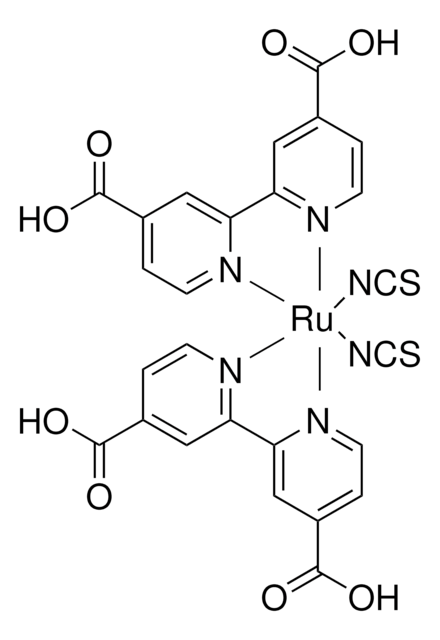
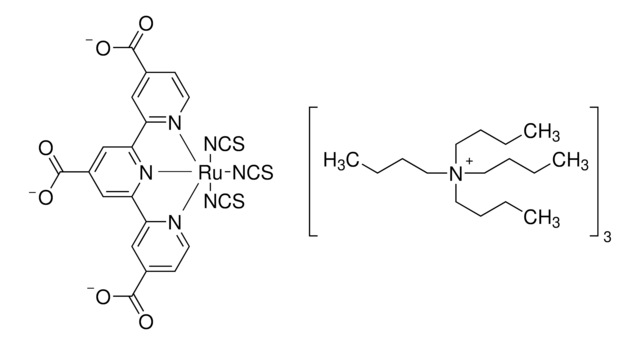
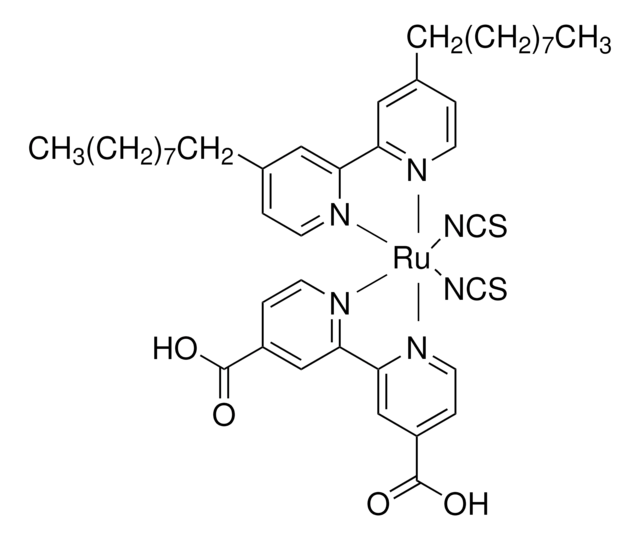


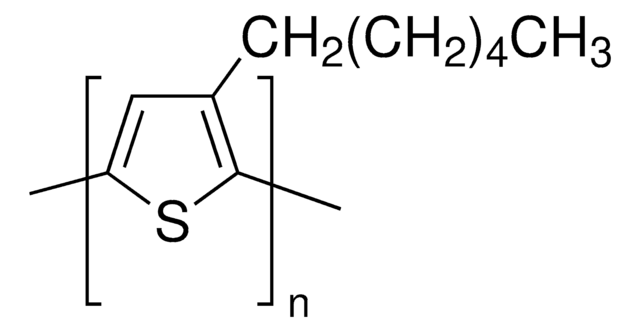
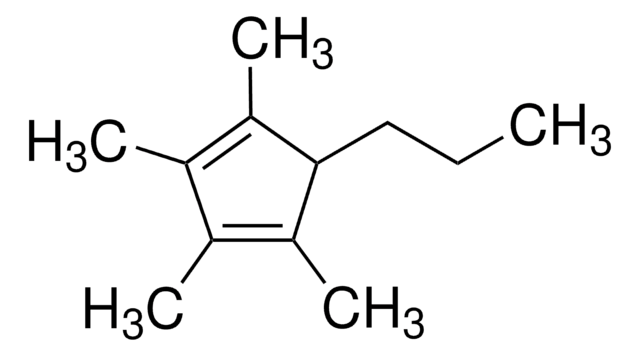
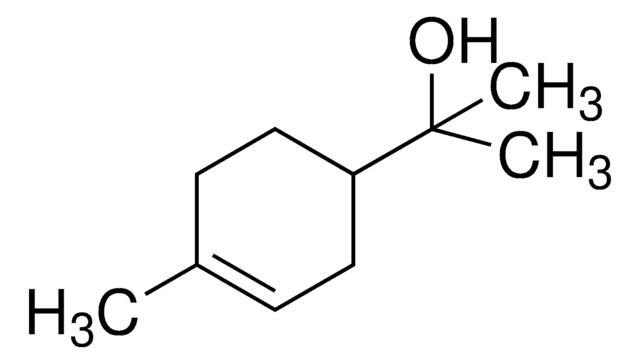
![[6,6]-Phenyl C61 butyric acid methyl ester ≥99%](/deepweb/assets/sigmaaldrich/product/structures/359/221/d990c746-0960-4c69-bf76-fe09b193824d/640/d990c746-0960-4c69-bf76-fe09b193824d.png)


